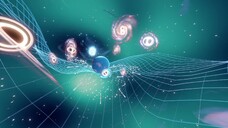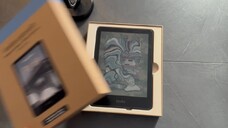The mystery of the 'green monster' in Cassiopea A has been solved - the monstrous green structure hides material stemming from the blast of a supernova 350 years ago.The discovery, presented at the convention of the American Astronomical Society, was made possible by data from NASA’s Chandra Observatory and the NASA/European Space Agency/Canadian Space Agency's James Webb Space Telescope.
The data was processed in an international study coordinated by a group led by Danny Milisavljevic of Purdue University with Italy taking part thanks to Salvatore Orlando of the National Institute of Astrophysics of Palermo (Istituto Nazionale di Astrofisica di Palermo).Identified in 2023, the mysterious structure in Cassiopea A was called the 'green monster' in a reference to the 11-metre-high green wall at Boston's Fenway Park baseball ground.
The combination of the images from the two space telescopes made it possible to do a census of the material ejected after the explosion of the star: Chandra observed, via X-rays, the millions-of-degrees hot debris of the blast wave while the Webb images, especially those in infrared, made it possible to see the original, uncontaminated fragments of the star, most hidden inside the green monster.The interdisciplinary effort brought together physics, astronomy, data science and computer graphics, Orlando said."These observations are also fundamental for the validation of supernova-explosion models and in order to provide crucial information on the final stages of the evolution of the progenitor star," he said.
Riproduzione riservata © Copyright ANSA












